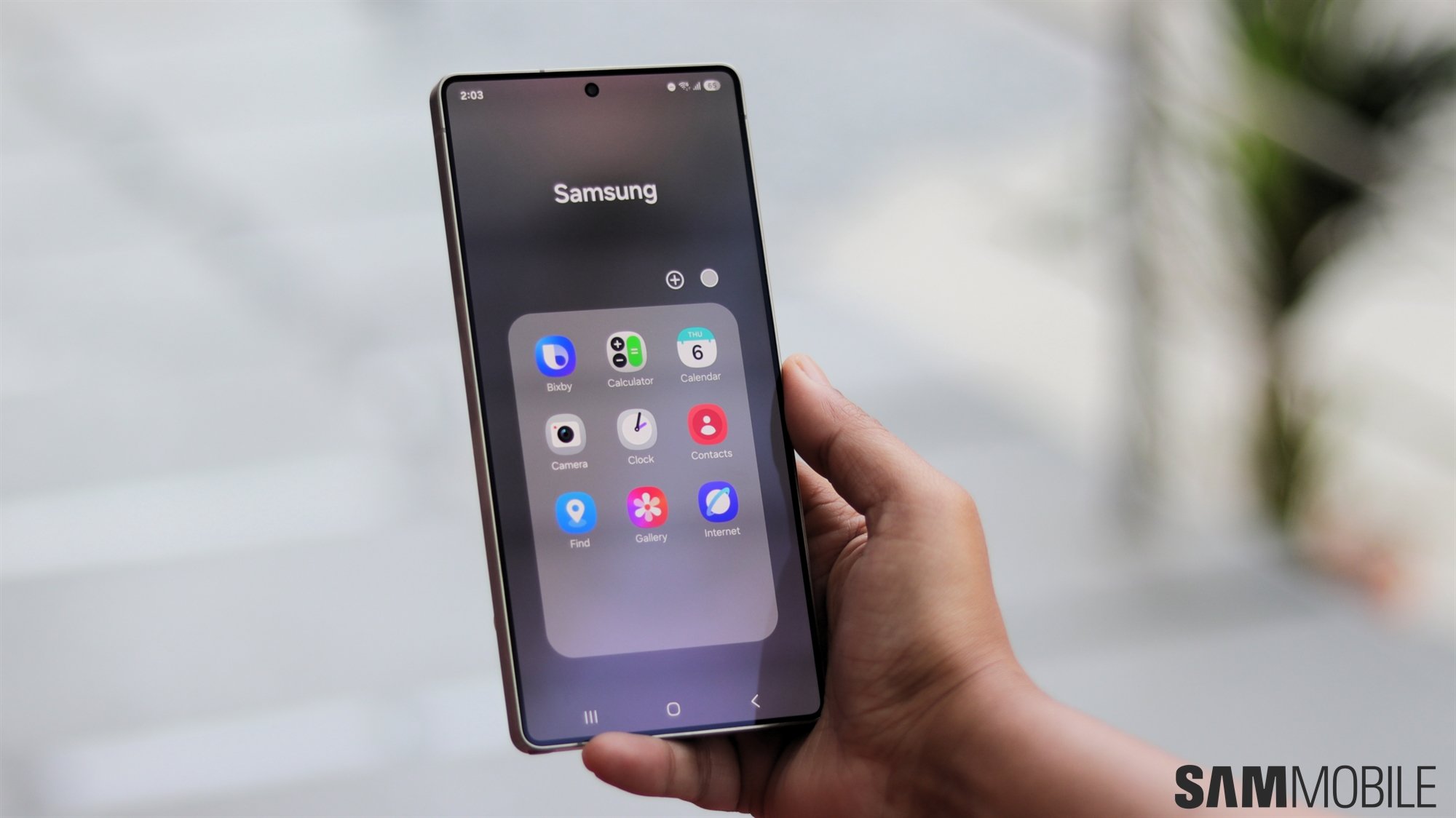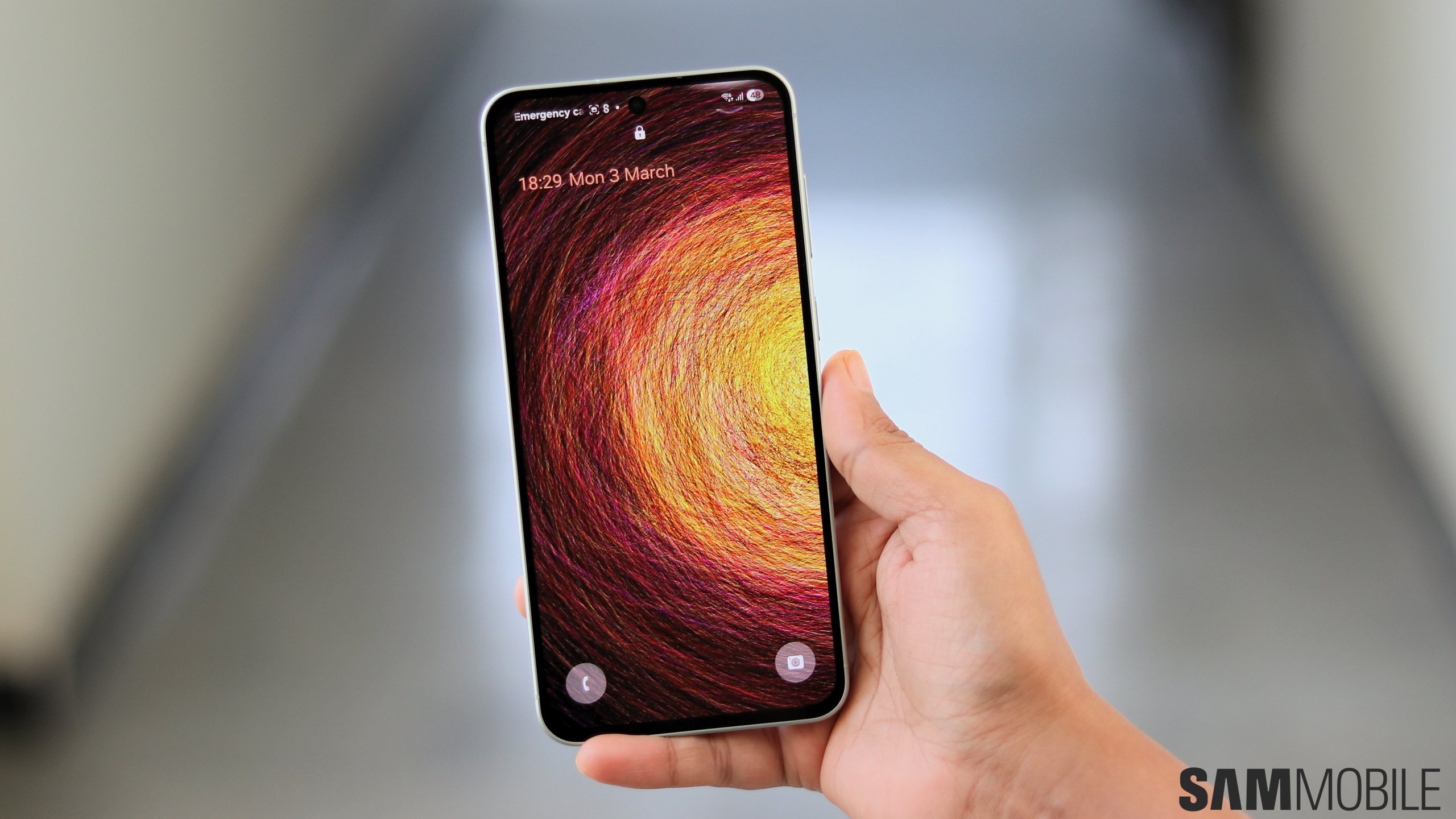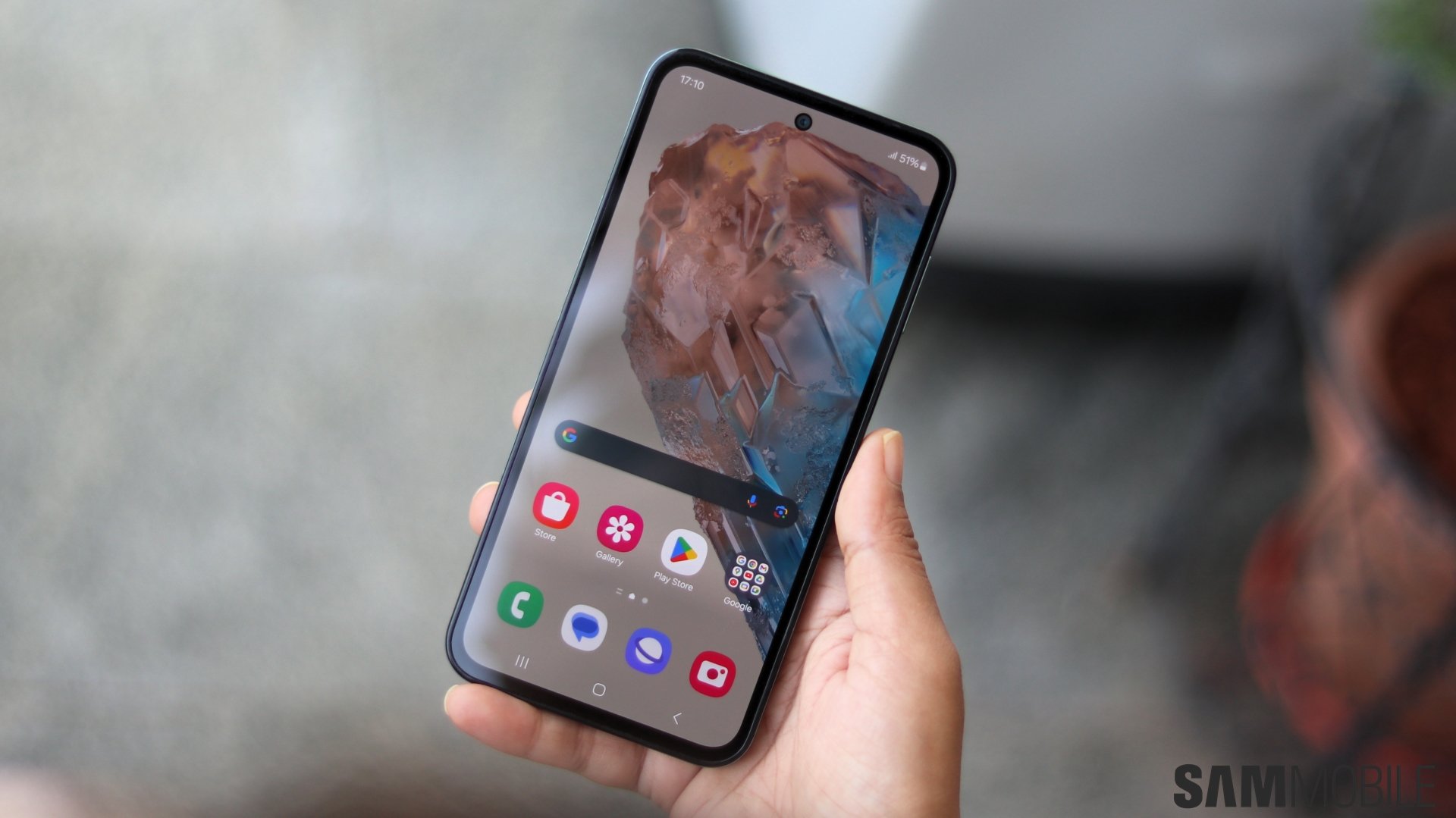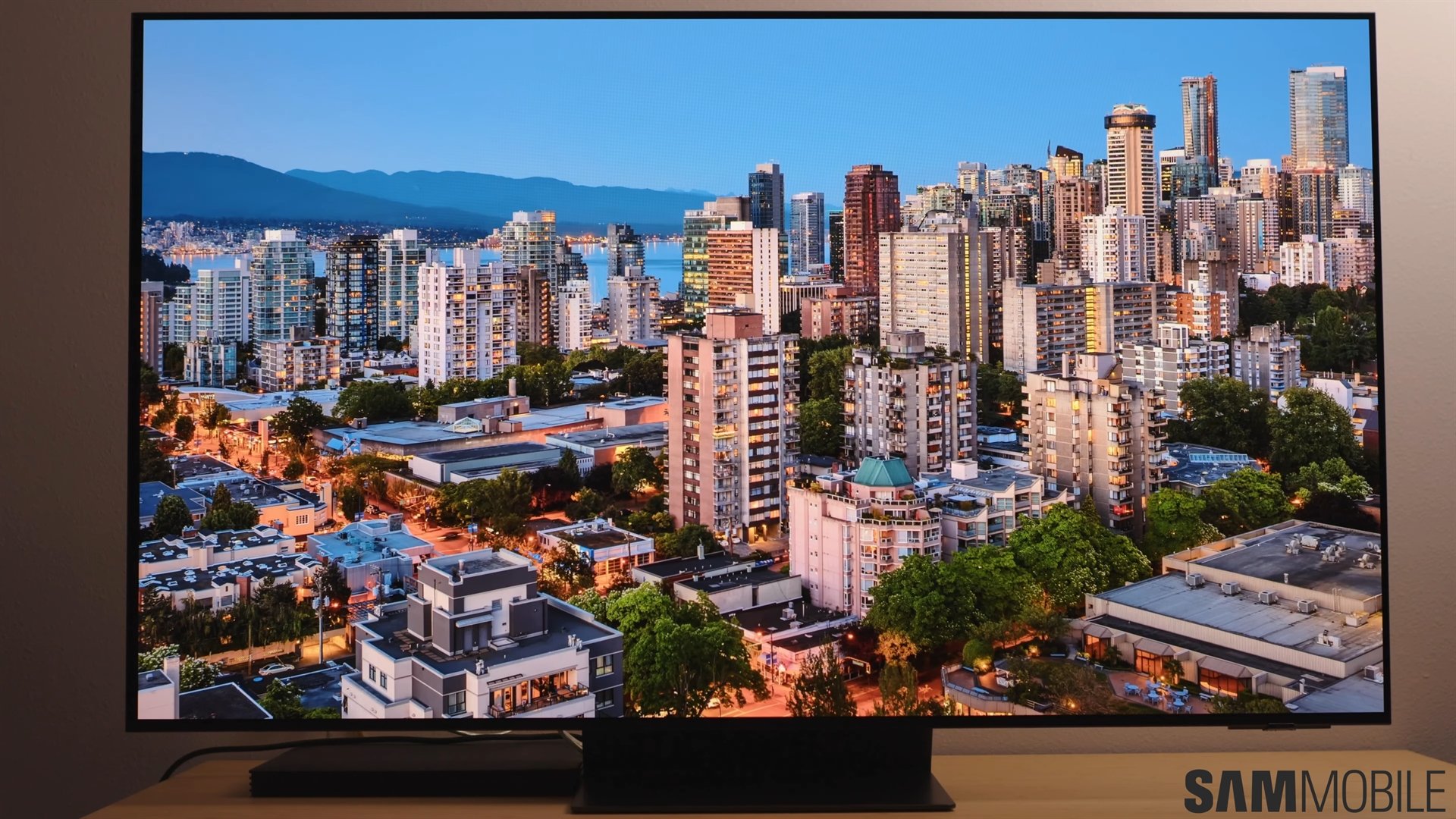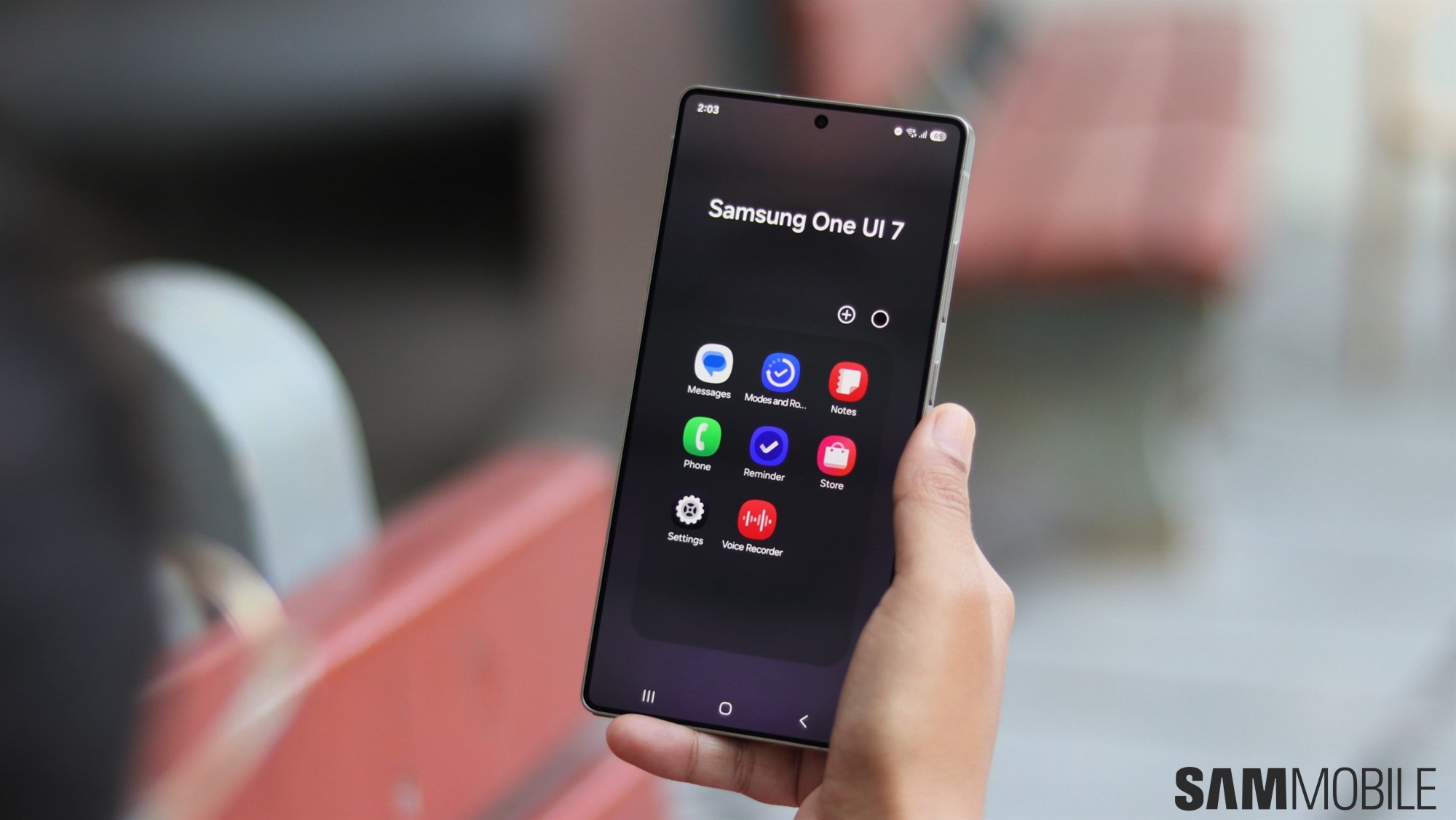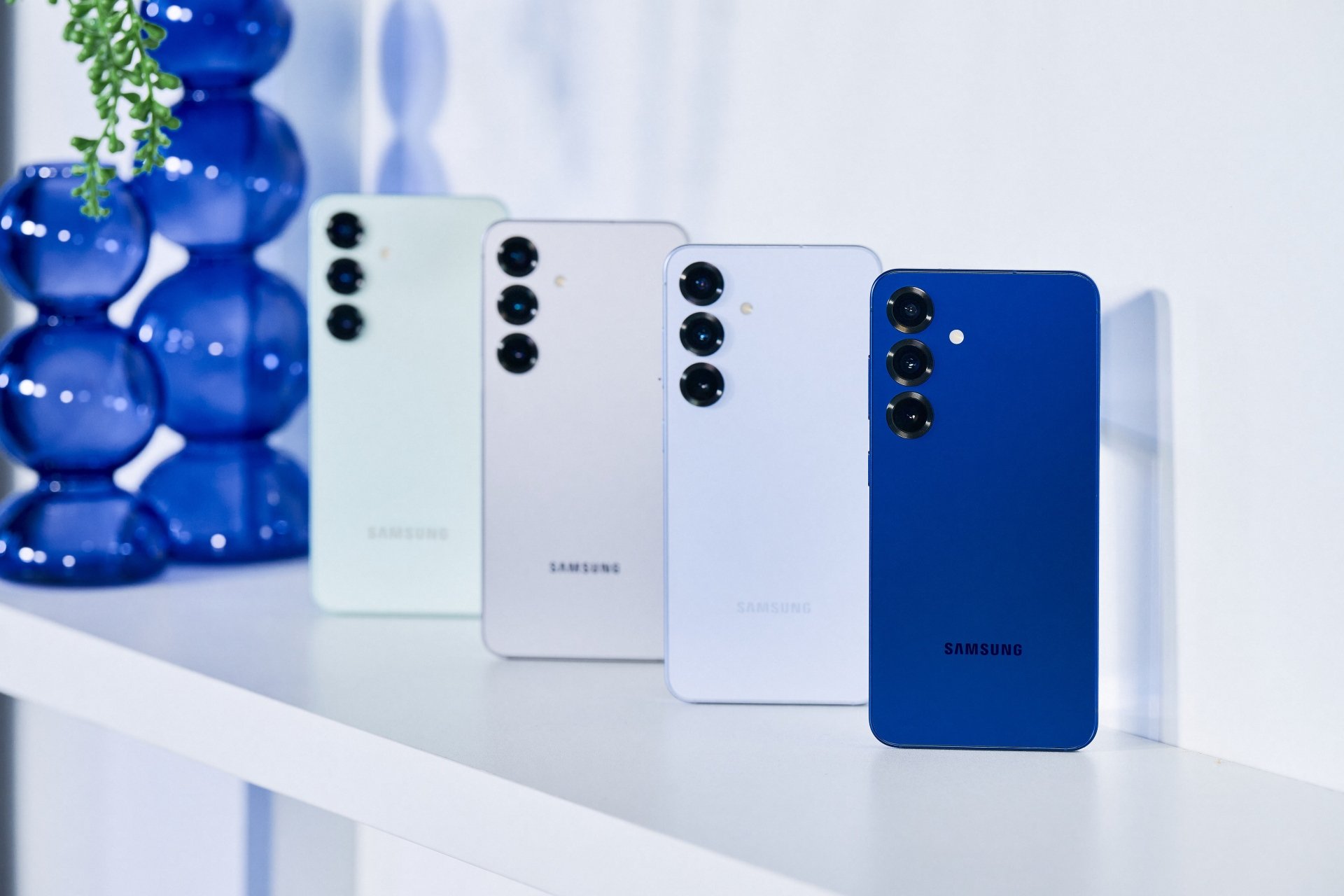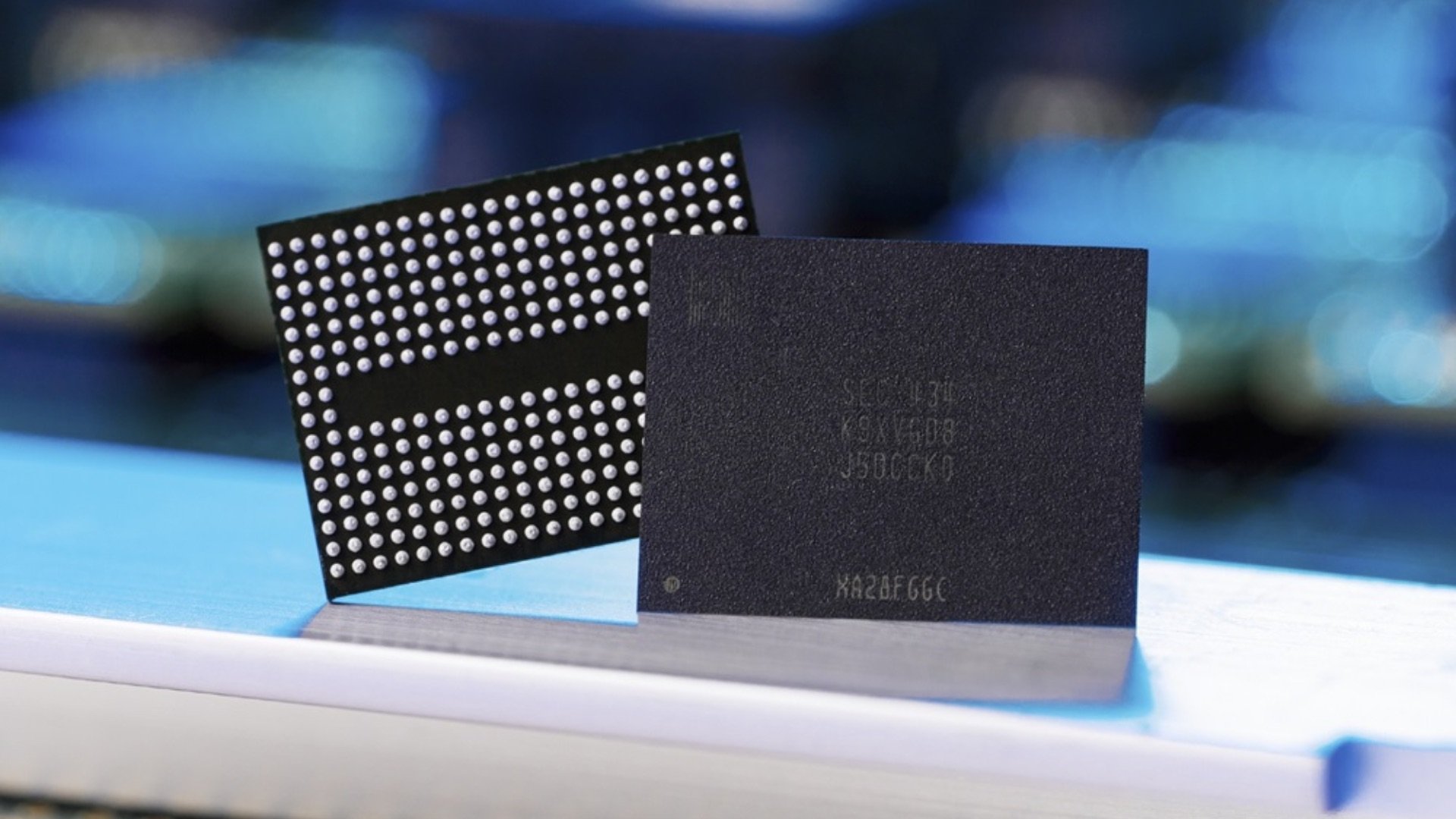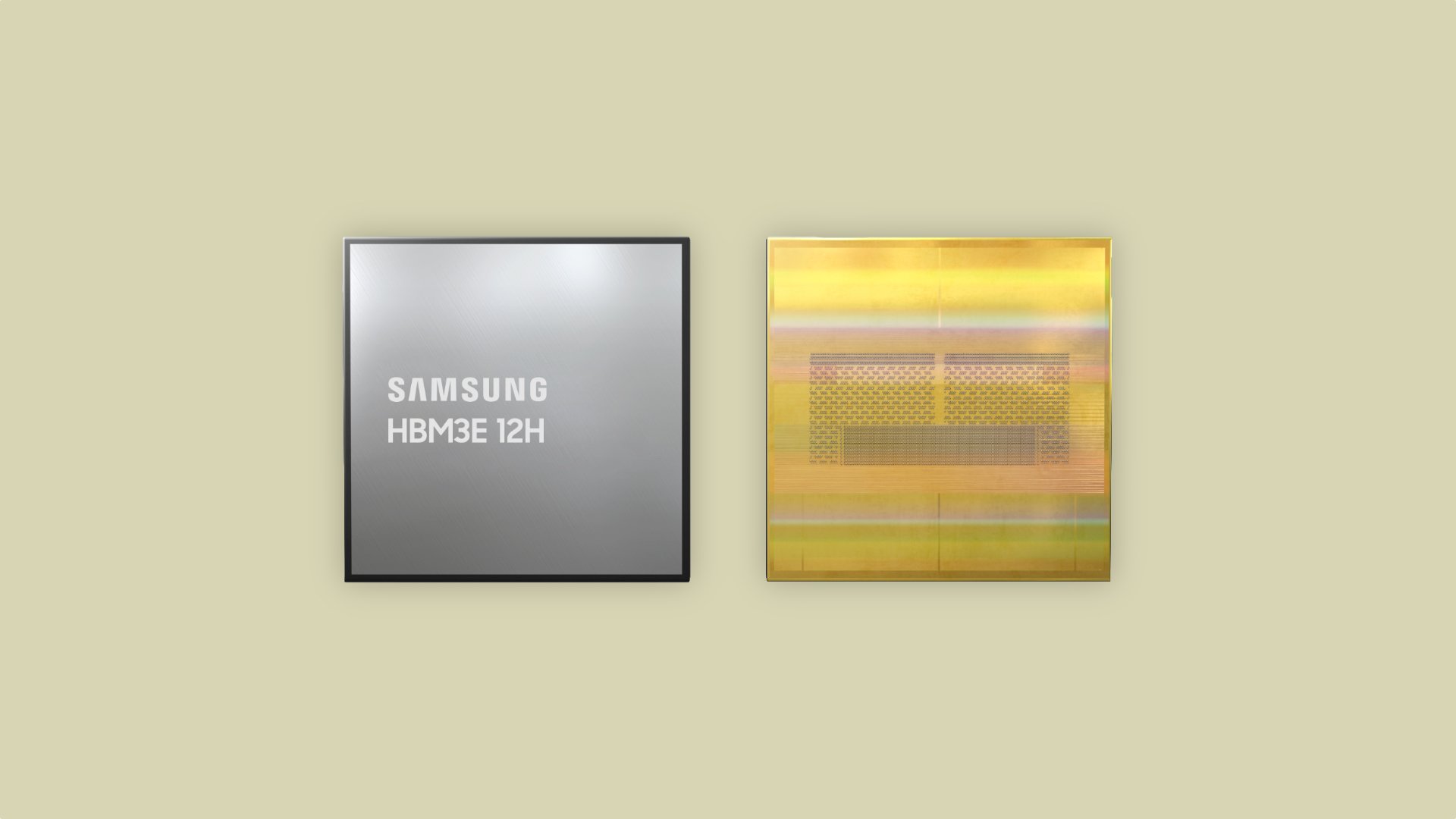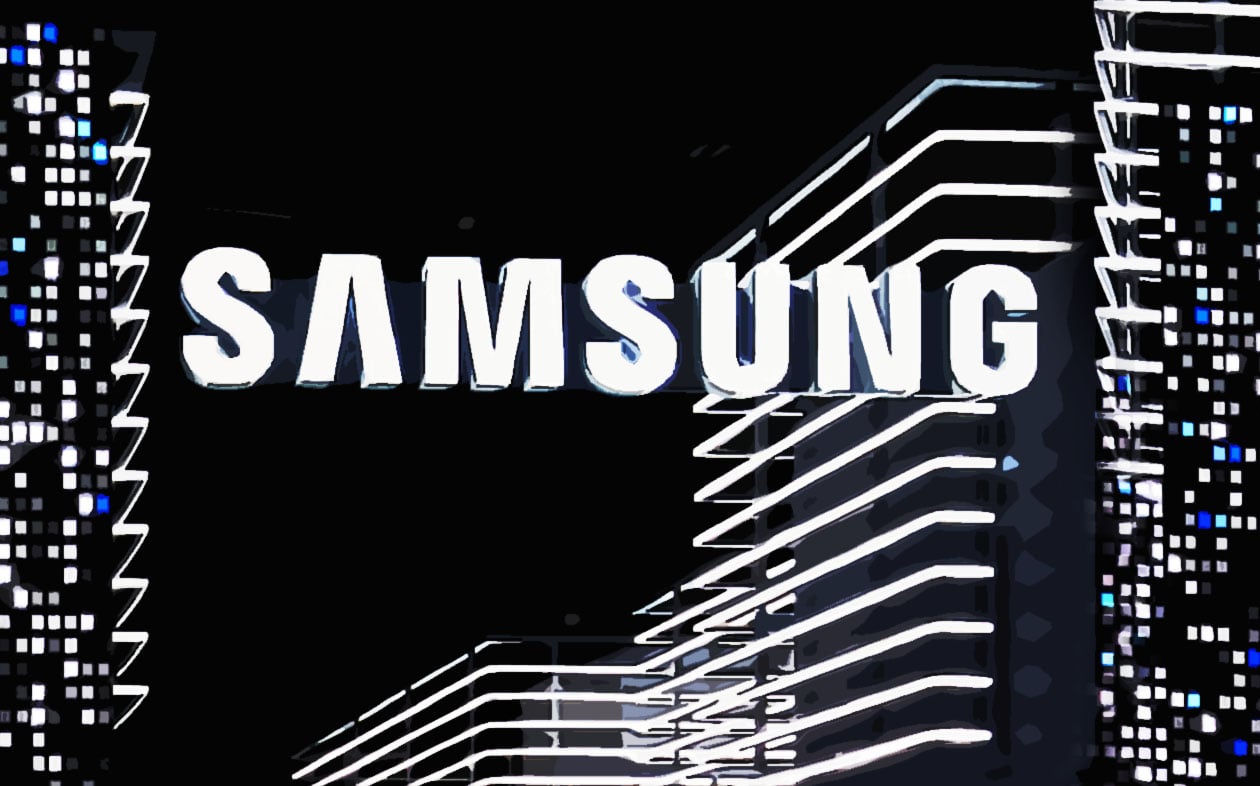
Samsung's revenue during the second quarter of 2021 was KRW 63.67 trillion (around $55.56 billion), and the company made an operating profit of KRW 12.57 trillion (around $10.97 billion). While the sales of Galaxy smartphones faltered due to chip shortages and disruptions in the company's Vietnam factories, the company's semiconductor chip divisions continued to drive profits.
The chip division contributed KRW 6.93 trillion (around $6.04 billion) to the operating income, while the smartphone division contributed KRW 3.24 trillion (around $2.82 billion). A “one-time gain” (probably from Apple for its OLED orders penalty) and increase in panel prices helped the display division contribute KRW 1.28 trillion (around $1.11 billion) to the operating profit.
Samsung said that higher memory prices and increased demand for memory chips were the key factors driving higher profits. The company expects the demand for memory chips to stay strong for the rest of the year on the back of data center, PC, and server sales. The operations of its semiconductor fabs were back to normal as its Austin chip plant was working full swing.
In the future, the South Korean firm expects to solidify its leadership in the premium smartphone segment by mainstreaming the foldable category. The company is expected to launch the Galaxy Z Flip 3 and the Galaxy Z Fold 3 with sleeker and more durable designs and lower price tags. Samsung Display said that it is working on under-screen camera technology, which will debut with the Galaxy Z Fold 3.


